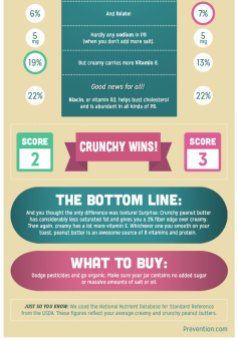For every additional regular can-sized, sugar-sweetened drink per day, there was an 18% risk of developing the disease.
I have written repeatedly about the dangers of soft drinks. You can read some of the posts here:
The dark side of laws banning soft drinks
What’s wrong with soft drinks?
Guest Post – Oleda Baker on Soft Drinks
What does the American Heart Association say about sugar?

‘One soft drink a day increases Type 2 diabetes risk by a fifth,’ The Independent warns, reporting on a European study that has examined the relationship between type 2 diabetes and sugary drinks.
The study – one of the largest of its kind – found strong links between sugary drink consumption and an increase in a person’s risk of developing type 2 diabetes. It attempted to assess the potential effects of various soft drinks on diabetes risk, including:
- sugar-sweetened drinks, such as cola
- artificially sweetened drinks, such as diet cola
- fruit juices and nectars (diluted fruit juices that may contain sugar or sweeteners)
The researchers found that people who drank sugar-sweetened drinks were at a higher risk of developing type 2 diabetes. For every additional regular can-sized, sugar-sweetened drink per day, there was an 18% risk of developing the disease. However, drinking artificially sweetened drinks, juices and nectars was not…
View original post 68 more words

















